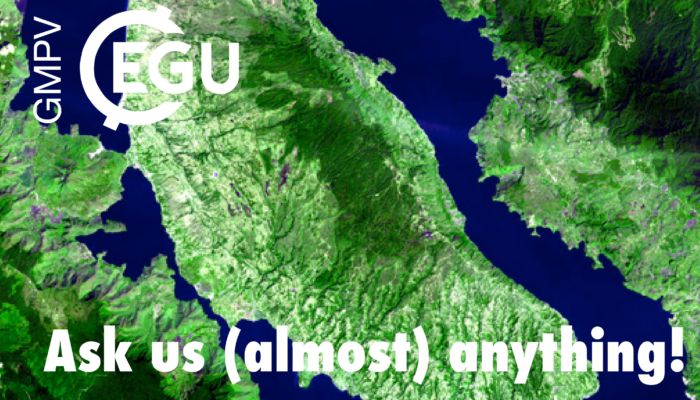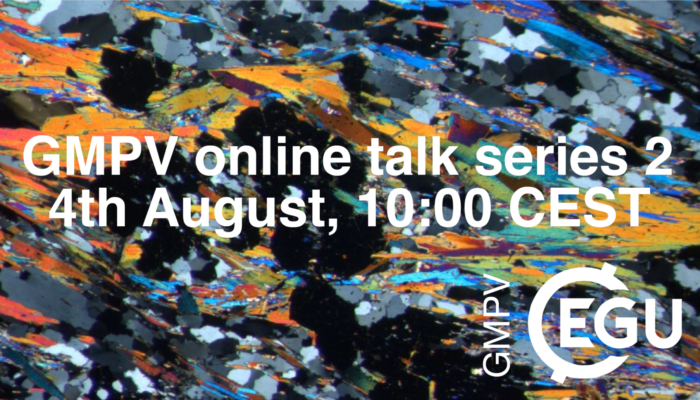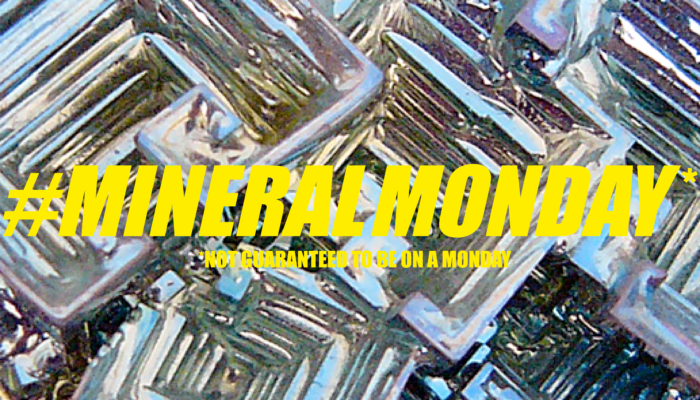Tarun Goswami, an archaeologist from India, asks: How is a tuff formed? and more specifically… Why do some deposits have more ash than others? We are paraphrasing – the questions are specifically about the tuffs formed in the Toba supereruption. So… you asked, we answer! First of all, modern definitions generally describe a tuff as a volcaniclastic rock composed of solid volcanic ...[Read More]
Ask us (almost) anything: Were Chixculub and Deccan related?
Doc Rock from twitter asks Has anyone investigated the hypothesis that the Deccan Traps basalt flows came after, and were the result of, the Chixculub impact event, based on the DT basalts being on the exact opposite side of Earth at the time of the event? For context, the Chixculub crater is buried under the Yucatan peninsula in Mexico, and resulted from a meteorite impact that is widely believed ...[Read More]
GMPV ECS online talk series 2: 4th August
We’re back! After a short break, the Geochemistry, Minerology, Petrology and Volcanology division’s early career scientists talks will return on Tuesday 4th of August at 10am CEST. We have another four fascinating talks, covering a broad range of disciplines, methodologies and field locations! • Artur Ionescu (Babes-Bolyai University) – “Fluid geochemical studies in the Balkans: from planning up t ...[Read More]
#MINERALMONDAY: Bismuth
It’s not so common for us to think about pure metals as minerals, or even crystals, but just like pinocchio could be a real boy, pure metals can be minerals too. This is because, if the metal cools down from a melt very slowly, layers of metal atoms can add onto previously solidified atoms, forming a defined lattice of atoms, and ta-dahh, it’s a single crystal! This is different from m ...[Read More]




